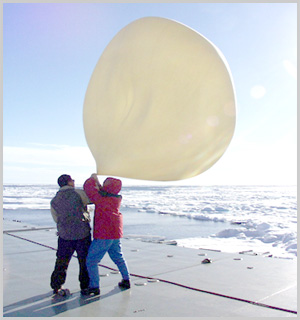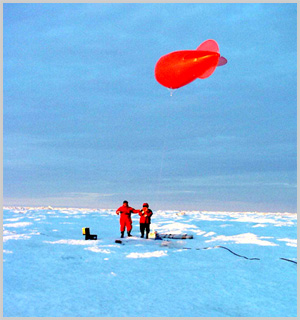Website:http://www.lapc.ac.cn/
Brief Introduction
The state key laboratory of Atmospheric Boundary Layer Physics and Atmospheric Chemistry (LAPC) was set up in 1988. The research goals are to understand the physical and chemical processes taking place in the lower atmosphere, and their evolutions and impacts on climate and environment. LAPC has developed a comprehensive observation system for the boundary layer measurement with a 325m meteorological tower as the center affiliated with point- and phase-connected advanced instruments and computers. LAPC has obtained much important progress on the experimental and theoretical study of atmospheric boundary layer structure and turbulence over urban, Tibatan plateau and other complex terrain, the mechanism of acid rainfall in southwest China, numerical prediction model for urban air pollution, numerical simulation of dust transport and its environmental impacts. In recent years, LAPC has also developed atmospheric chemistry and atmospheric environment laboratory with international standard advanced instruments.
Main Research Areas
- Atmospheric boundary layer structure, turbulent characteristic over various underlying surface and the mass and energy exchange process between the atmosphere and the land surface;
- Aerosols and atmospheric trace gases as well as monitoring, numerical modeling and prediction of air pollution
Director: Prof. Zifa Wang
The Mountainous and Polar Atmospheric Research
The Mountainous and Polar Atmospheric Research (MPAR) in IAP was established during the First Tibetan Plateau Experiment in 1970s. It is featured in theoretical study and analysis based on the field observations, and recently, multi-scale modeling, regarding to the atmospheric problems in the mountainous and polar regions.
Recent Research Activities
- Atmospheric circulation and environmental systems
in the Himalayas, and
- Atmospheric Dynamics over the mountainous and polar regions.
A research activity “Everest Monitoring” is carrying on to trace the physical and chemical changes in the Himalayas environmental system, on the northern slope of Mt. Everest, more specifically, at the Base Camp area (5200 a.s.l.). The monitoring observation is being operated every year in 2000-2010, regarding to the local circulation and environment systems. The finished operations result in an amazing image that the local circulation system greatly differs from those in the other mountain regions, and significantly impacts the air mass and energy exchange between the surface and troposphere. If assume this kind of mountainous circulation dominates in the Himalayas and the other major mountains in the Tibet, our knowledge on the surface-air mass-energy exchange over this region would be greatly modified, with fundamental influences on the weather and climate predicting systems in China, by the changes in the parameters of numerical models.
 |
 |
| GPS ozone sonde released over the Arctic Ocean |
The boundary layer study in the Arctic region |
Tel: +86-10-62378271
|
